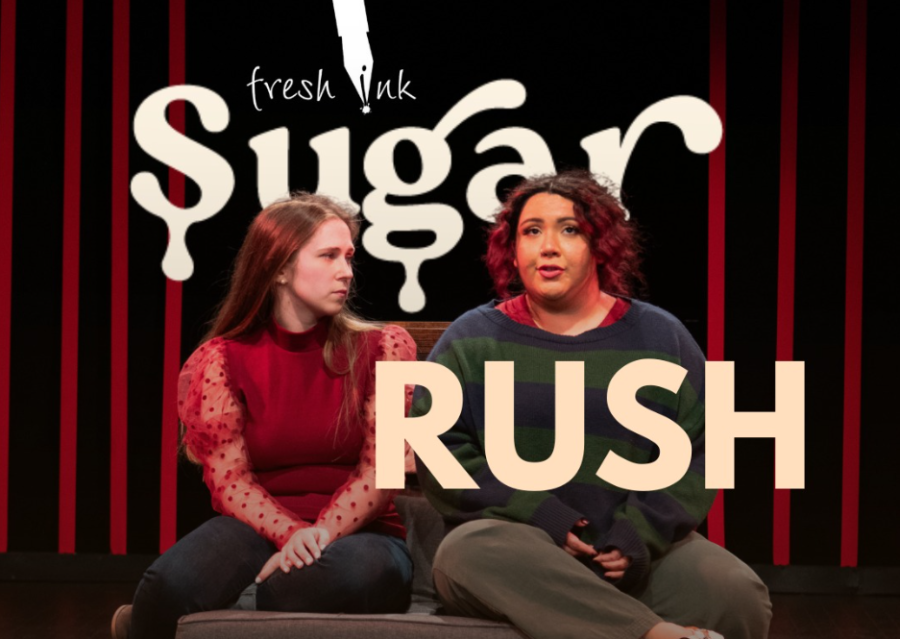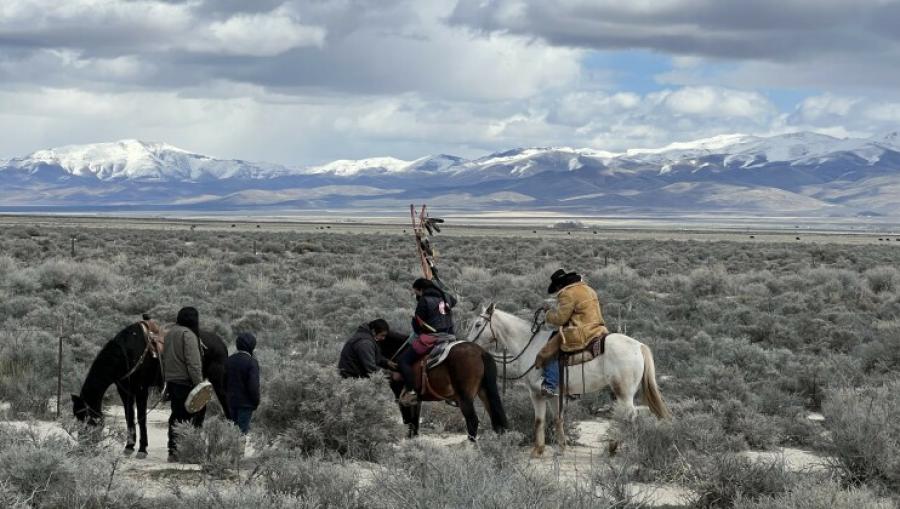Suzan Shown Harjo has worked tirelessly for more than four decades to shape a national Native American policy agenda that addresses issues at the core of Indigenous identity: sacred sites protection and access, religious freedom, treaty rights, mascot abolition, and language revitalization. Guided by the teachings of the ancient Cheyenne prophet Sweet Medicine, Harjo has also prayed and gathered traditional medicines at the sacred sites of her Mvskoke—or Creek Nation—ancestors in their traditional southeastern homelands. Her efforts have remade museum policy around the world and restored more than 1 million acres of Native American land. She helped found the National Museum of the American Indian and has worked for several White House administrations.
Harjo took some time out from her work for the museum where she is researching and curating a new treaties exhibit—a project she and Vine Deloria, Jr., began together years ago—to reflect on her life spent in service to Indian country.
Jennifier Weston: Tell me about your early days in radio production on Seeing Red—how that series came about, and how it led into the work you did in the late 1960s on the national Native policy scene around religious freedom, sacred sites, repatriation, and eventually, the National Museum of the American Indian?
I was a fan of WBAI radio station in New York City and volunteered there to do programs in the mid-1960s. I was hired as one of three producers in 1967 and created a Native affairs program I called Seeing Red. Its focus was contemporary Indian issues, cultures, histories, and peoples. Oftentimes, we would do a midnight-to-4:00 a.m. personality show, where we would talk, play music, and take telephone calls. Any Native person at that time with a pressing issue or struggle would either come to New York or join us by telephone for news coverage, because the WBAI listeners numbered in the millions in a six-state area. Our programs were picked up by the Pacifica Network, which had other stations in San Francisco, Los Angeles, and Houston, and which was affiliated with other listener-sponsored stations and networks in Canada and the United States.
My work with repatriation began with a visit to the Museum of the American Indian in New York City. My mother and I went there in July 1965 and saw 1) what she believed were clothes she helped make and helped bury her grandfather in and 2) a Cheyenne girl’s buckskin dress with a bullet hole where her belly had been. Mom charged me with getting them out of the museum and reburied or buried, and with making sure that none of these ceremonial/sacred beings were left in any museums. I enlisted the help of the National Congress of American Indians and Cheyenne, Lakota, and Arapaho religious leaders at a meeting in June of 1967 at Bear Butte, South Dakota. That gathering was the formative meeting of a national coalition whose hard work led to museum reform and repatriation laws in 1989 and 1990, to the American Indian Religious Freedom Act (AIRFA) in 1978, to the National Museum of the American Indian—which we envisioned there—and to other Native cultural rights laws and initiatives, including the efforts to protect Native sacred places, ancestral sites, and languages.
You moved to Washington back in 1974. Was that to direct the American Indian Press Association, and were you drawn there to have a deeper impact on national policies affecting Indian Country?
My husband and baby son had recently been involved in three life-threatening situations (a carbon-monoxide poisoning, a car wreck, and an armed robbery), and I was trying to figure out how to get them out of New York when my friend Richard LaCourse called from Washington, D.C. He said that he was burned out on Washington and was moving back to his home, Yakama Nation, and asked if I would replace him. I said yes and two weeks later started work as the news director for the American Indian Press Association. Unbeknownst to me, AIPA had no money, so I became the chief fundraiser as well as reporter for AIPA, which also was in political turmoil. As soon as I could disengage, I went into advocacy work at the National Congress of American Indians, as communications and legislative director. In 1976, I joined the Carter campaign, organized the candidate's meeting with Indian leaders in Albuquerque the week before the election, and worked in the Carter-Mondale transition. I was offered a few of the plum jobs, but I had promised the Native American Rights Fund I would be its legislative liaison after the transition, which I did until we got most of our legislative agenda accomplished. Then, I joined the Carter administration in 1978 as special assistant for Indian legislation and liaison.
Tell me more about your work on the Religious Freedom Act from 1978. It’s a seminal point in modern Native history, a moment that enabled generations born during and after the 70s to grow up in this new era where Native ceremonial traditions could openly be practiced and flourish again. Were you one of the original authors? Who were your key allies in working to get this law through Congress and to the president’s desk?
There were hundreds of Native people who worked on it, and our meetings in various places in Indian country numbered anywhere from 25 to over 1,000. The Nixon and Ford Bureau of Indian Affairs and Justice Department would not support our efforts, because they said the Religious Freedom Act would be unconstitutional. In the early 1970s, our coalition succeeded in gaining a regulatory exemption to eagle and migratory-bird protections for Native American people to possess, use, and own feathers, but we had no success with other areas of the drafts of AIRFA. Our strongest objections came from the extractive and logging industries to the protection of sacred places. Senators Barry Goldwater and Ted Kennedy were the original sponsors, which signaled to other members of Congress that the act was neither a conservative nor a liberal issue, and that anyone between those two senators could and should support the bill.
Our very best ally was President Carter. During his campaign meeting with tribal leaders, he pledged to sign the act into law, along with the Indian Child Welfare Act, Tribally Controlled Community Colleges Act, Eastern Indian land claims settlements, and other federal Indian legislation. I have to point out that he made a lot of promises to us and kept every one. I am very proud of having been a Carter political appointee and having been the primary author of his 1979 Report to Congress on American Indian Religious Freedom. Even though we didn’t get everything we wanted, the act as a policy statement and as a process for creating follow-on legislation was and is invaluable. We achieved the first federal repatriation policy and returns of cultural patrimony during the first year's implementation of the act in 1979. And, we achieved follow-on repatriation laws in 1989 and 1990.
Based on your work with the Carter and Clinton administrations, and more recently on Obama’s policy committee and transition team, what gives you hope about the current administration?
Candidate Obama reminded me of candidate Carter, in his honest, intellectual, and heartfelt views of and approach to Native peoples and federal Indian laws and lawmaking. Like Carter, Obama has kept all his promises and more. I think his opponents are mean, nasty, and vocal, but I don't believe they have enough vote to deny him a second term (but that's what we said about Carter's opponents, too).
Jennifer Weston (Hunkpapa Lakota) is the program officer for Cultural Survival’s Endangered Native Languages Program.



